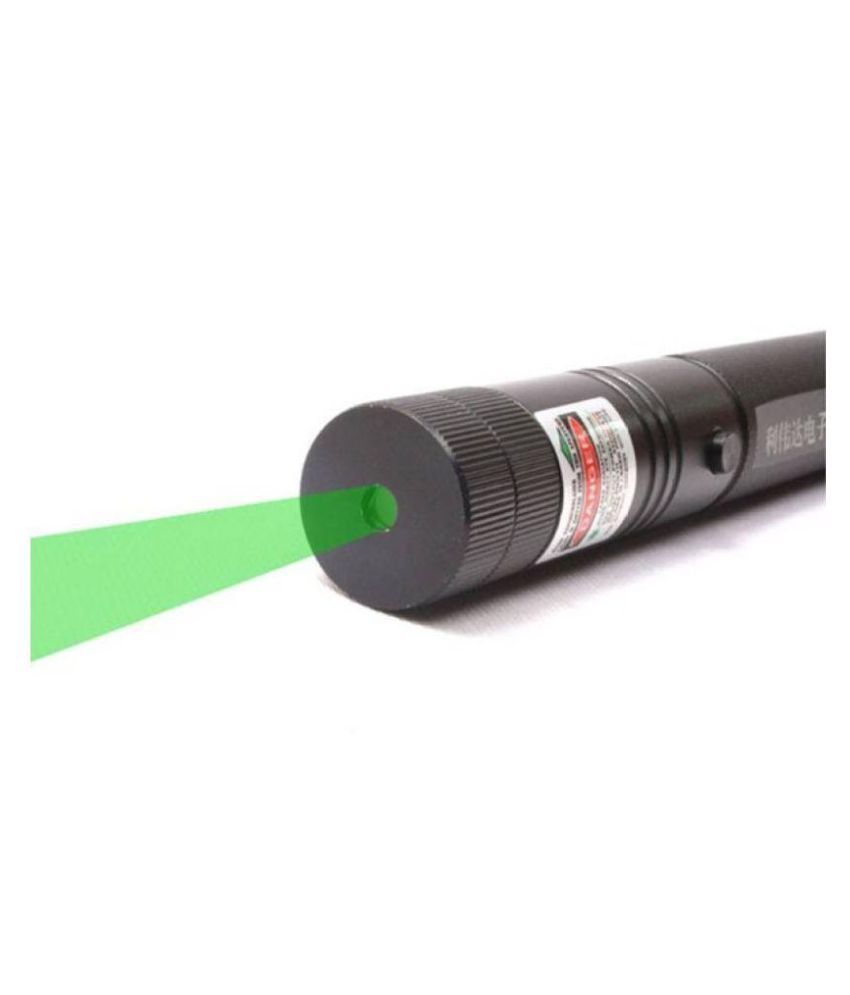
We present ‘WildWID’, an open‐source radio‐frequency identification system that can be used for detecting encounters between tags and loggers and/or integrated into more advanced experimental set‐ups for triggering audio or visual playbacks following the detection of RFID tag codes. However, currently available devices are often prohibitively expensive or difficult to customise. They are frequently used for understanding fine‐scale associations between animals and their environments. Radio‐frequency identification (RFID) tags represent some of the smallest animal borne‐technologies available.

Lightweight dd battery spy software#
Both the hardware and software of the system are open.ġ. The paper describes innovative design aspects of Vildehaye, field-use experiences, and lessons from the design, implementation, and maintenance of the system.

The tags have been used in studies that so far resulted in 9 scientific publications in ecology (including in Science). More than 7100 tags have been produced and most of these have been deployed. The system has been designed, upgraded, and maintained as an academic research project, but it has been extensively used by 5 different groups of ecologists in 4 countries over a period of 5 years. The tags are versatile: they support multiple packet formats, data rates, and frequency bands they can be configured for minimum mass (down to less than 1g), making them applicable to a wide range of flying and terrestrial animals, or for inclusion of important sensors and large memories they can transmit packets compatible with time-of-arrival transmitter-localization systems, tag identification and state packets, and they can reliably upload sensor data through their radio link. The family includes 6 distinct hardware designs for tags, 3 add-on boards, a programming adapter, and base stations modular firmware for tags and base stations (both standalone low-power embedded base stations and base stations tethered to a computer running Linux or Windows) and desktop software for programming and configuring tags, monitoring tags, and downloading and processing sensor data.

We describe the design and implementation of Vildehaye, a family of versatile, widely-applicable, and field-proven tags for wildlife sensing and radio tracking.


 0 kommentar(er)
0 kommentar(er)
